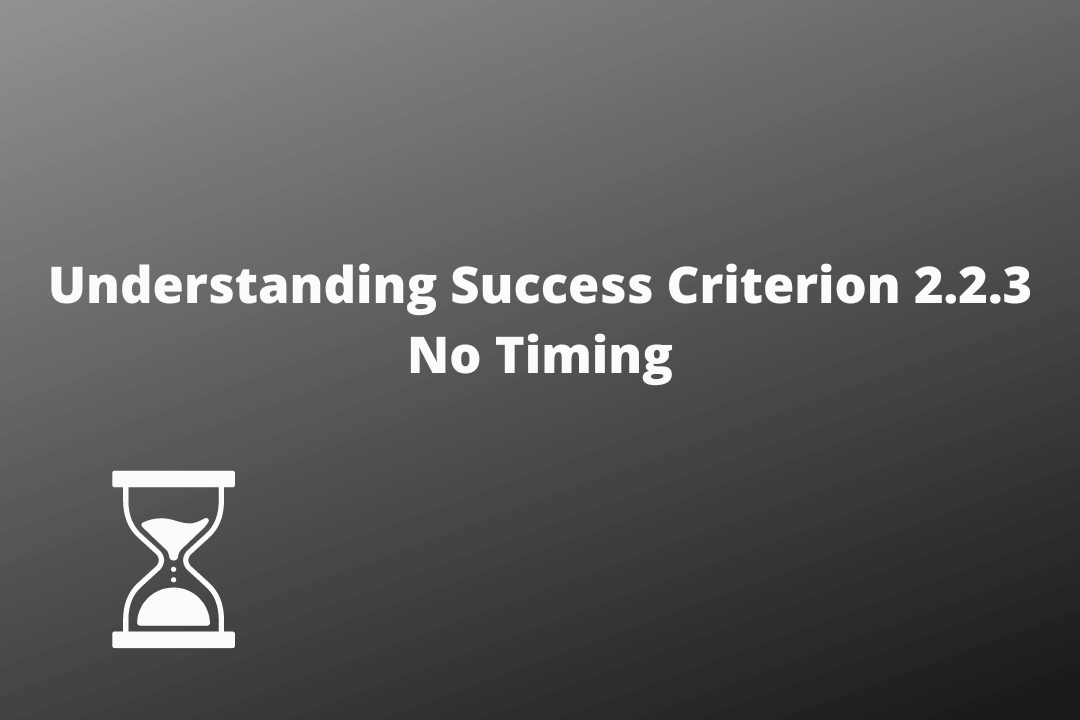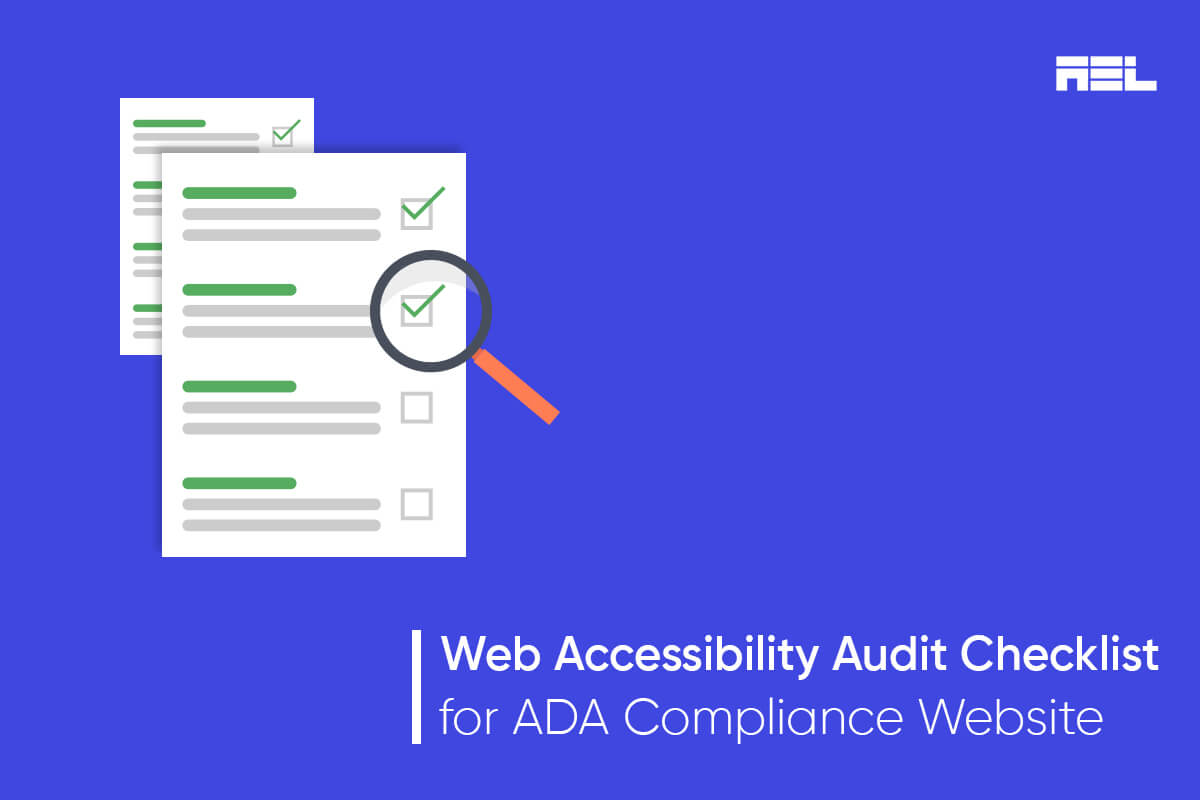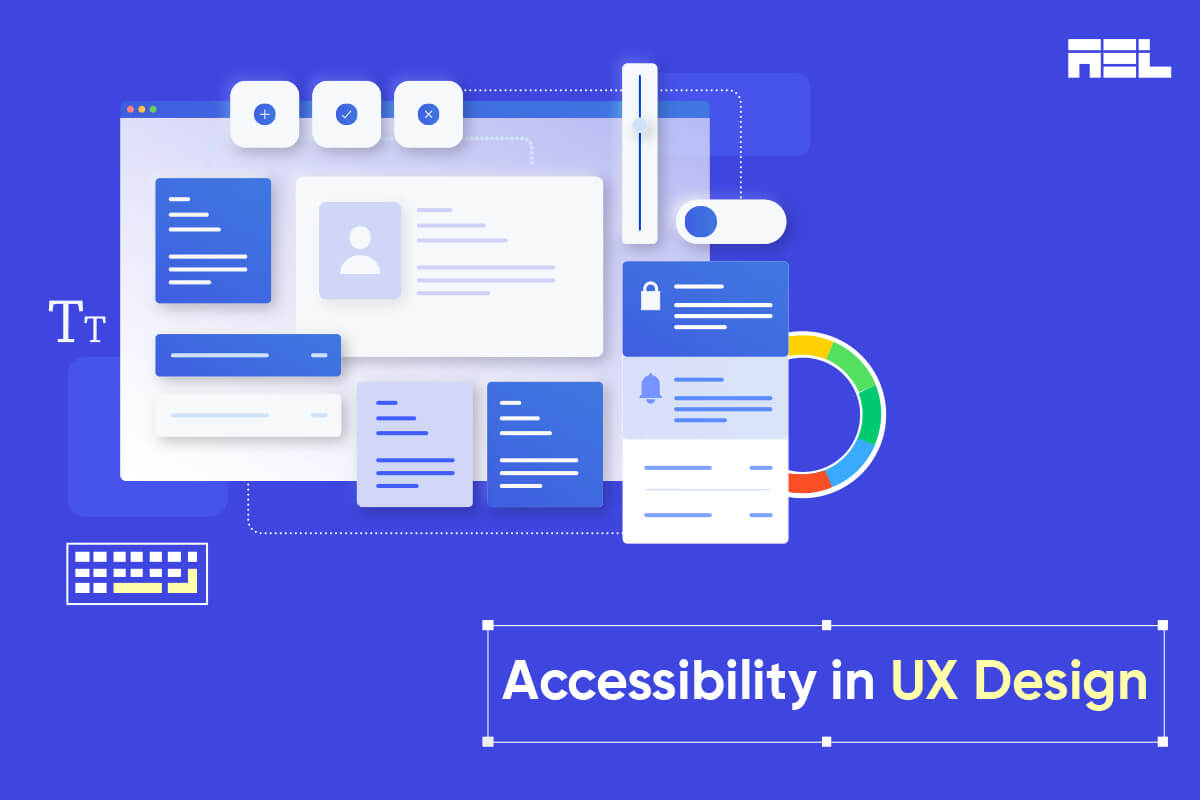The purpose of this success criteria is to reduce the appearance of content that requires interactions with a set time limit.
Table of Contents
Official Requirements
2.2.3 No Timing: Timing is not an essential part of the event or activity presented by the content, except for non-interactive synchronized media and real-time events. (Level AAA)
Why is it required?
There are many people who require more time to carry out tasks. There are some people who need more time to think, remember the details, process the given information, physically execute the action required, or put up with the unusual mechanism of assistive technologies. Hence, if it is not necessary to finish a task within a set time frame then it will be beneficial to provide people with a feature that gives them all the time they need.
This ensures persons with blindness, low vision, cognitive limitations, or motor impairments get to interact with the content displayed on the screen.
Having said that, this requirement is not applicable to events that take place live; such as auctions that are quick paced, multiplayer gaming websites and similar fierce occasions.
How do we fix it?
1. An Online Test: Tests are designed in such a way that the time taken to finish the test does not affect the scores. Users can take all the time they need to attend all the questions.
2. A Game: Games are designed in such a way that the users can take turns instead of competing in live action. This way, if a person pauses the game it will not cancel out the competitive aspect of it.
3. An online auction: Each bidder is permitted to submit one bid. Bids are accepted over 24 hours. When the bidding closes, the bidder with the highest offer wins.
Reference



